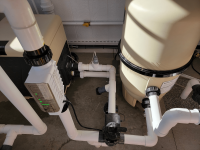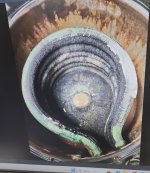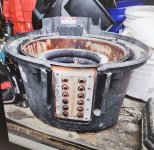- May 23, 2015
- 24,455
- Pool Size
- 16000
- Surface
- Plaster
- Chlorine
- Salt Water Generator
- SWG Type
- Pentair Intellichlor IC-60
Also note that with a flow switch addition you can leave the pressure switch in place and then just wire them in series. That way the pressure and flow switch have to both be satisfied to let the heater fire up. You can consider it a redundant safety switch. Your choice if you want to do that or not.





